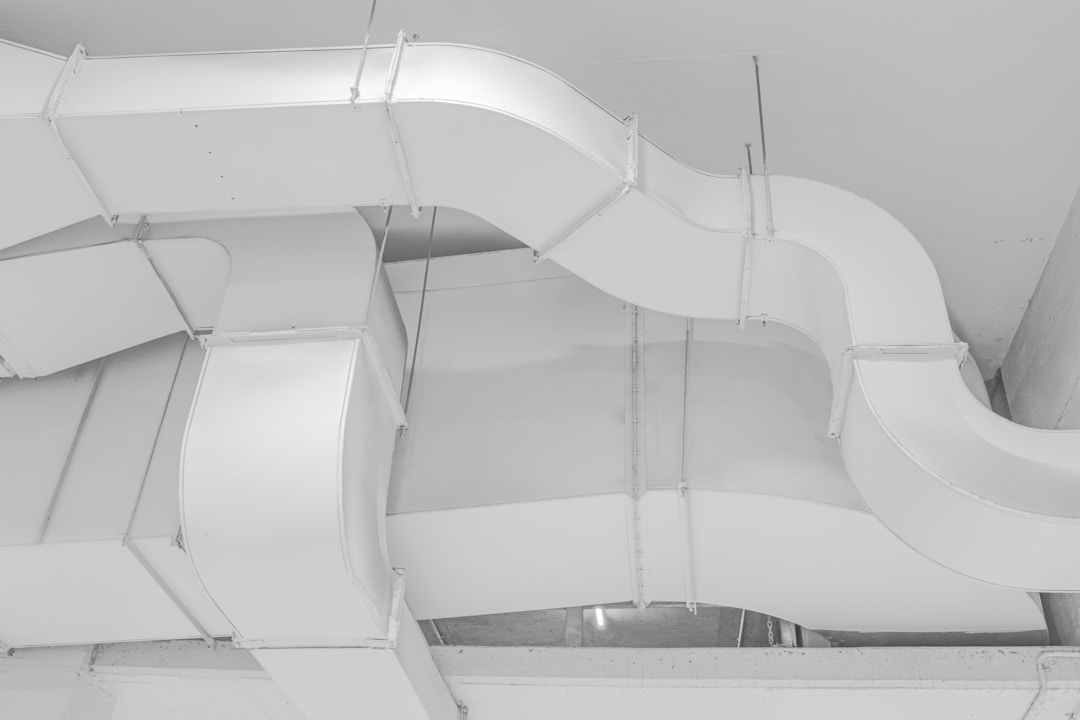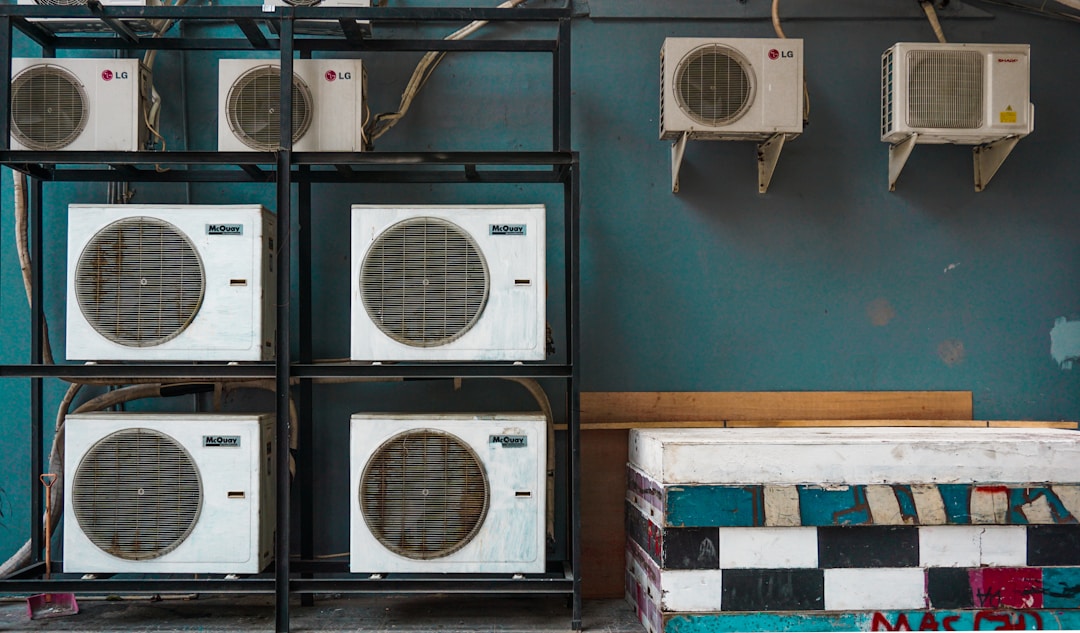For homeowners in the United States, there are many options when it comes to new air systems for their homes. As technology evolves, bringing energy efficiency and cleaner fuels to the forefront, modern alternatives to traditional HVAC units and heaters have come to the market.
One of the most popular types of HVAC units is the mini-split ductless system, also known as a heat pump. For many reasons, this single unit has become a go-to for homeowners looking to save on space, as well as lower their monthly energy bills. Here we will look at how a ductless mini-split system works, and if the recent technology is right for your home.
How a Ductless System Works

The truth of the matter is that many homeowners may have heard the term “ductless system,” or “mini-split” when it comes to an air conditioner and heating systems, but are unaware of the meaning. Simply put, a ductless system is a type of air system that functions as the term describes, allowing for the exchange and transfer of cool or warmed air without the need for ductwork or traditional ventilation. But the innovative nature of the design is much more intricate, as well as convenient.
Although the ductless system requires both an outdoor compressor and an indoor air-handling unit, the system itself acts like a single machine that replaces both the home’s air conditioner and heating systems. This means that with the installation of a ductless mini-split “heat pump” unit, your family will have a new HVAC and furnace in one shot.
With a heat pump system, both the indoor unit and the outdoor unit work together to either cool or warm the natural air from outside the home. Unlike a traditional HVAC system, the main components of the mini-split system utilize the fresh air from outdoors during the summer months, cool it, then transfer the converted air into your home for distribution and your family’s comfort.
Likewise, during the winter, the cold air from outside is warmed in through the outdoor compressor and transferred throughout your indoor living space with the aid of the indoor air-handling unit, taking the place of a furnace, radiator, or gas burner.
Since the ductless heat pump can adjust the air temperature for the whole home, along with manual controls for directing the air to individual rooms as needed, ductless air conditioning has quickly become a popular alternative for many homeowners and homebuilders looking to boost energy efficiency and modernize household operations.
The Benefits of a Mini-Split Unit

The installation of a ductless heat pump has two primary advantages over traditional air systems, both of which add to the technology’s recent popularity. First, as a single unit that has a quiet operation that doesn’t require the familiar duct system of older units, a mini-split unit saves the homeowner on space. While the indoor and outdoor units do require a new installation, both units are relatively small, allowing for more overall floor space within the home.
Additionally, a ductless system is a great solution for both financial and energy savings. The installation of the unit does come with its own fee, yet by replacing both the air conditioner and heater, less electricity is used. This means that from the very first month following the installation, your home’s monthly energy bills go down. In addition, incorporating modern technology geared towards energy efficiency is a valuable investment that boosts the household’s property value.
If you ever decide to put your home on the market, the dual advantages of having lower utility bills and leaving a smaller carbon footprint behind can be very attractive to potential homebuyers. For those homeowners looking to save on money now, while investing in their home’s long-term value for future sales, a ductless mini-split system is the ideal solution as a replacement for traditional air conditioning and heating sources.
